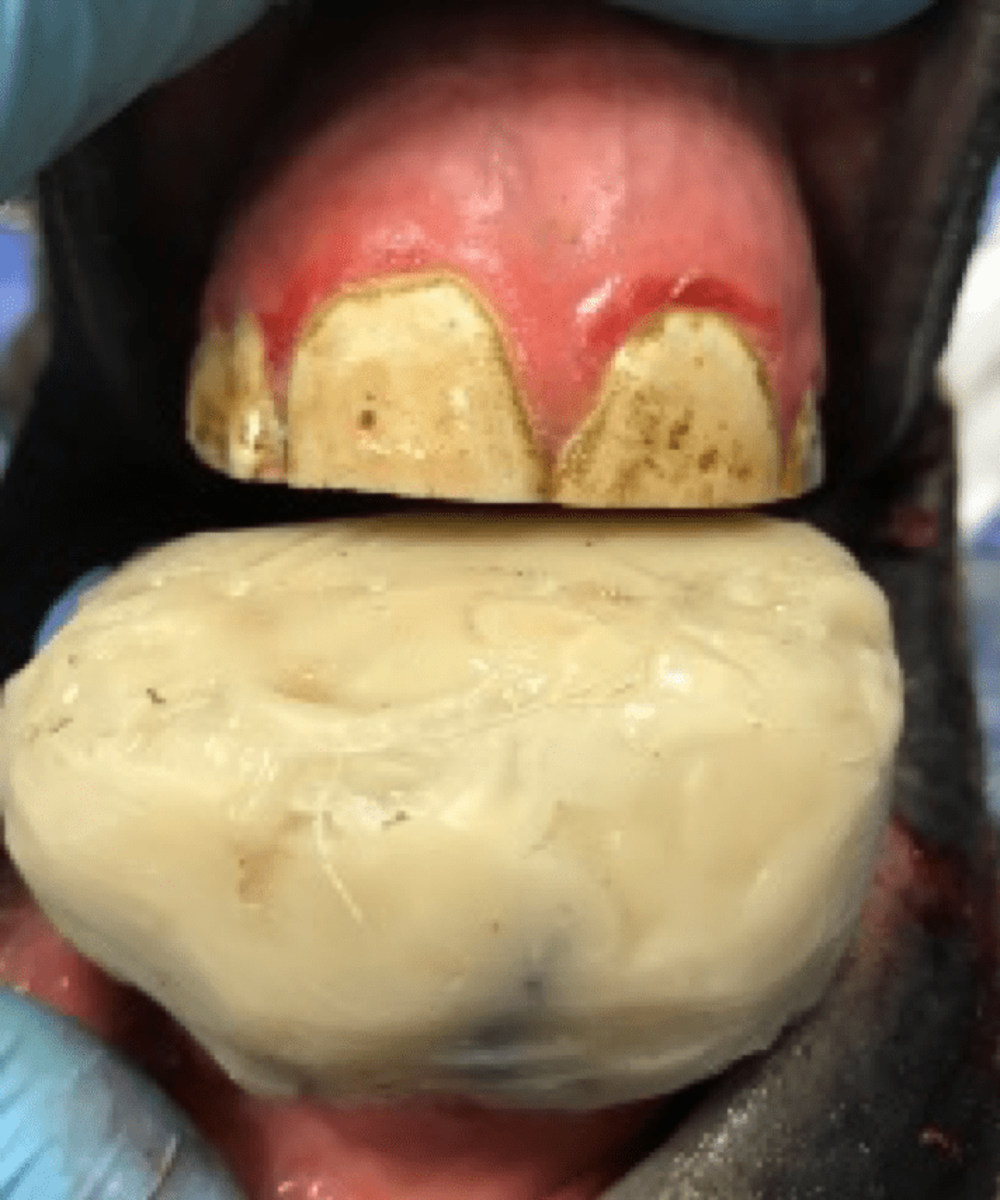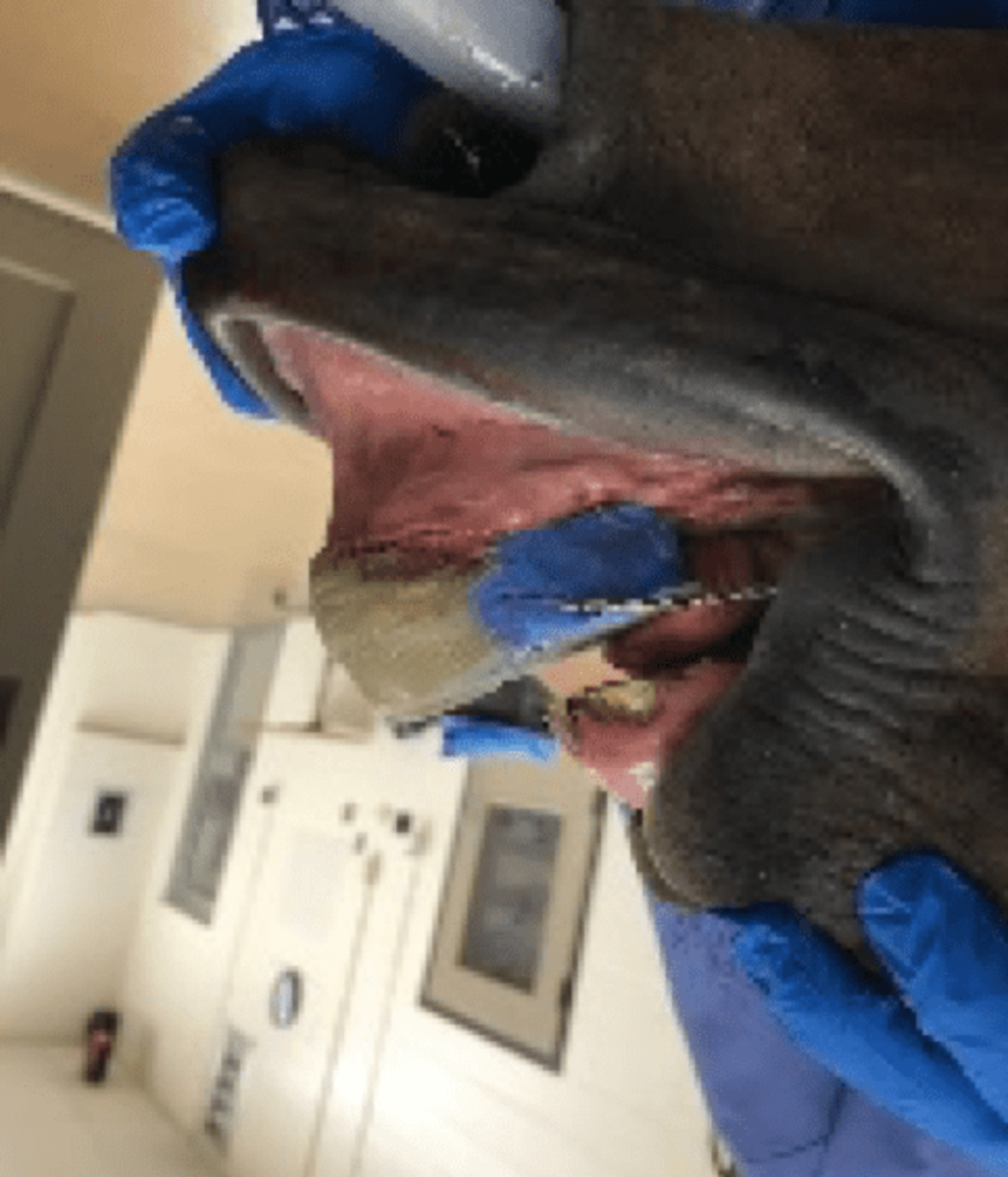Veterinarians at Rood and Riddle Equine Hospital answer your questions about sales and healthcare of Thoroughbred auction yearlings, weanlings, 2-year-olds and breeding stock.
QUESTION: What does it really mean when a veterinarian talks about a racehorse having “bone bruising”?
DR. A.J. RUGGLES: If you been around racehorses you likely have heard the term “bone bruising.” Despite its common use the term is really not entirely accurate in most cases. What your veterinarian is likely referring to is Non-Adaptive Stress Remodeling (NASR). You can see why the term bone bruising is more commonly used. While a true contusion (bruise) of the bone–manifested by lameness and characteristic findings of edema in the bone on magnetic resonance imaging–occurs, it is much less common than NASR.
To understand NASR and its causes, an understanding of bone anatomy and physiology is necessary. Most people think of the skeleton as an inert frame that muscle, tendon and ligaments attach to allow movement or as protection for vital organs. While the skeleton performs these functions, it also is a very dynamic system than is undergoing a constant process of removal and replacement as the horse grows in size and is being trained.

Dr. Alan Ruggles
It is easy to realize the skeleton of a foal is different than the skeleton of a 3-year-old. Not only has the horse grown in stature, but the structure of the bone itself is altered to fit its athletic activity. For example, the front of the cannon bones in the front legs of a trained 3-year-old will be thicker and denser compared to a 3-year-old that has never trained and only exercised at pasture. Likewise, an older broodmare who has been out of training and has had many foals may have a relatively weaker skeleton compared to the actively trained racehorse due to the absence of training and the depletion of calcium from her skeleton due to multiple lactation cycles.
When an athlete trains, whether it is a person or horse, receptors between the cells within the bone recognize the changes in load in the bone and send a signal for the bone to change its geometry and replace damaged bone to fit this new activity. This normal process is called stress remodeling. During this process original bone is removed and new bone is produced to replace it. Imagine a long bone like the cannon bone as a cable of a suspension bridge and within the cable are multiple smaller wires cables.
When bone changes its shapes or repairs injured bone each of these original smaller wires (primary osteons) are removed and then replaced with new bone (secondary osteons). During this process the removal phase occurs at a rate 50 times faster than the replacement rate. The rate of remodeling is influenced by the stimulus of training and when it occurs successfully, the process is necessary and positive. Another response of bone is to make itself larger quickly to resist mechanical loads by putting down relatively weaker (woven not cortical bone) on the surface of a bone. This is what causes the bump in bucked shins.
Most of the adaptive process of the horse skeleton via stress remodeling occurs without incident but sometimes the process gets overwhelmed and manifests as lameness. If there is a failure of the normal stress remodeling process, there can be an accumulation of damaged bone which can cause lameness, micro fissures and fractures.

An image captured from a bone scan shows an area of concern
Sometimes the lameness is obvious and easily detected, such as a bucked shin of the front cannon bone. Sometimes the lameness is obvious but not easily detected on a physical exam as with humeral, tibial or ilial stress fractures. Most commonly, at least in our practice, the horse has clinical signs of poor performance: perhaps a “crabby gait” or not changing leads. The horse is often lame in more than one limb, which makes detection of the problem more difficult.
A careful lameness examination with diagnostic nerve blocks is recommended to ferret out the cause of the lameness. The nerve blocks help us localize the source of lameness and help us direct our diagnostic imaging such as radiographs, ultrasound, nuclear scintigraphy, MRI or computed tomography.
Nuclear scintigraphy (commonly known as bone scan) is very helpful in detecting stress remodeling since it is best suited to detect excess bone metabolic activity which occurs during stress remodeling and stress fractures.
Radiographs and computed tomography may reveal increased density of the bone with associated bone resorption especially in the condyles of the distal cannon bone. There also may be changes in the bone contour and the development of fractures. Magnetic resonance imaging with high field magnets (MRI) is helpful to determining the health of the cartilage as well as bone and associated soft tissue structures. Ultrasound is not generally helpful in diagnosis or management. Newer technologies such as standing computed tomography and PET scans give detailed 3D images of bone and show promise but are not yet available for widespread use and are still undergoing clinical validation in the management of stress remodeling.

An MRI shows an area of bone bruising
If your horse is diagnosed with bone bruising, it likely has a form of NASR. That is the bad news. The good news is most cases do not develop clinical fractures and therefore are not treated surgically and responds to rest. Horses that develop fractures such as dorsal cortical fracture of the cannon bone or condylar fractures of the cannon often are treated surgically for best outcomes. Other hairline fractures of the humerus and tibia are treated with rest alone. The majority of cases in racehorse affect the bottom of the cannon bone or the third carpal bone and are treated with rest.

An image from a radiograph shows bone bruising
Typically, they are given 60 to 90 days off and pasture activity is recommended. The purpose of the period of rest is to allow the skeleton to catch up with the signals that have been sent by training so the stress remodeling process can finish to better allow the bone to withstand the rigor of training and racing. Remember, during stress remodeling bone resorption is 50 times faster than production.
Timing on when to turn the horse out obviously depends on the degree of lameness. If the horse shows any potential for a fracture being present, negative follow-up radiographs are needed before turnout etc. All these decisions are unique for each horse and should and be made in concert with your veterinarian. Treatments such aspirin and isoxsuprine and some over the counter supplements may help during the process by improving blood flow to the bone. Drugs which inhibit the natural bone remodeling process such as bisphosphonates, in my opinion, should not be used in cases of NASR and should only be used as labeled.
The vast majority (80% plus) respond to a period of rest with turnout. This is a tried and true method of trainers who have for decades given horses time off usually in the winter. These methods still work today of course. Proper diagnosis of NASR is important in my opinion to make sure you know what you are treating and to make sure no other condition exists that might require a different intervention.
Next time you hear that a horse has bone bruising, remember it is likely a form of NASR and hopefully you will have a better understand of the natural process of bone turnover and how it is related to this syndrome.
Dr. Ruggles specializes in orthopedic surgery and lameness. In addition to his experience as a practicing veterinarian, he served as a faculty member at New Bolton Center and at Ohio State University before joining Rood and Riddle in 1999. He is a partner in the hospital and is part of the AAEP “On Call” media program.
The post Ask Your Veterinarian Presented By Kentucky Performance Products: What’s Bone Bruising? appeared first on Horse Racing News | Paulick Report.
Source of original post








